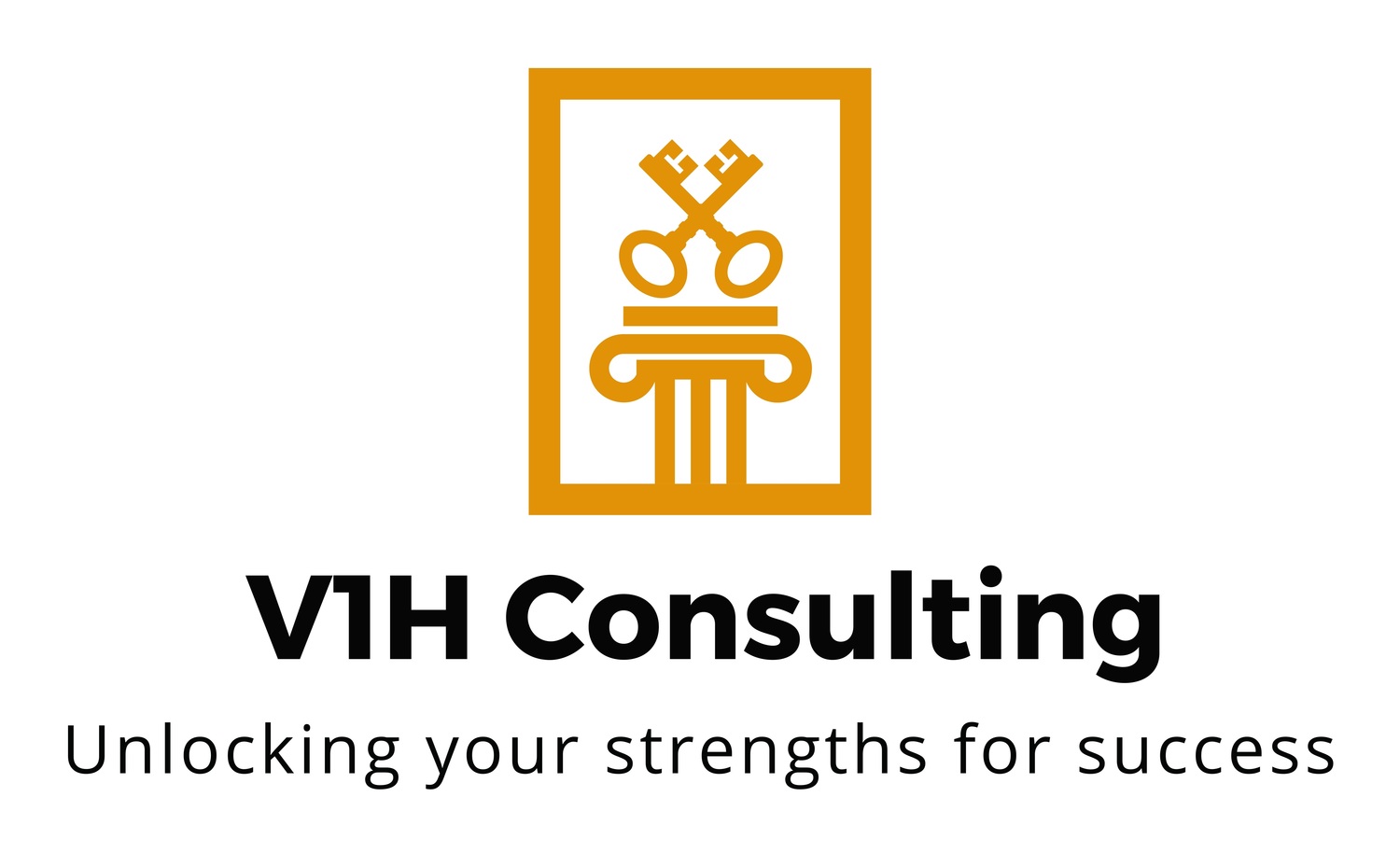In today’s work world, having highly functioning teams is critical to organizational success. The synergistic relationships that are formed when teams work collaboratively and efficiently is key to organizations that are highly effective. Some years ago during my studies in management, I crafted a paper that expanded on the idea that our management structures would evolve to rely on teams to accomplish organizational goals and objectives. This, in fact, has occurred. Team management is widely used to facilitate organizational mergers and has been touted as the ultimate competitive advantage that can deliver excellent results.
A team technically defined is a collection of individuals organized to accomplish a common purpose, who are interdependent, and who can be identified by themselves and observers as a team. Through combining various employees into strategic groups, a team-based organization can create synergies through team processes. Due to organizational complexities, global and technical factors, the importance of combining competencies and building strong teams is increasing. Cross-functional teams utilize a wide variety of unique skill sets to build teams capable of achieving complex objectives.
When executing team goals, it is important to establish unambiguous objectives and build strong interpersonal efficiency. Some hallmarks of successful teams are that they work towards clear, compelling common goals. They have a mutual trust for their team members and bring complementary skills to the table. And, they need to exercise mutual accountability, including the leadership.
Model for Team Success
Common Purpose >>> Connection >>> Communication >>> Collaboration >>> Celebration
Trademarks of highly performing teams include the following:
They produce excellent results
They engage in open-ended dialogue and group participation in meetings
They regularly evaluate their performance and processes
They solve problems through innovation
They are continually learning
They celebrate their successes
So, how do we create a superior effective team? Obviously, one important factor is the ability to work together. Generally speaking, in work and social environments, connection is important to us; we need each other; and we derive strength from positive relationships. We need to be able to give and receive to make connections. This, of course, requires that you trust and let others help you. It also requires that people need to give and receive without judging. We have been taught not to attach value to asking for or needing help. In some cases, it is actually portrayed as a sign of weakness. Consequently, needing and asking for help tends to expose a level of vulnerability that can cause dysfunctional team dynamics.
As I have seen in my work, the best way to build a successful team is to apply a strengths-based methodology. A strengths-based team is a group of imperfect but talented individual contributors valued for their strengths, who need one another to realize individual and team excellence. Strengths-based teams create sustained growth and success by continuously investing in each other’s strengths while building better relationships within the group. They are able to collaborate more effectively while achieving greater performance, more success, and higher levels of engagement.
Strength-based teams embody the following qualities:
Team members have a clear understanding of their individual and collective strengths and performance gaps.
They have a common language to describe each other’s talents, strengths, weaknesses, and performance goals and expectations.
They intentionally structure activities to maximize the team’s talents.
They develop support systems and appropriate “workarounds” for gaps in strengths and performance.
They are highly collaborative and have a number of complementary partnerships.
These attributes reinforce the team’s cohesiveness and collaboration. They help team members to engage in the process with an open heart and opened mind. They allow for team members to listen with empathy and to better understand the emotions that people are experiencing. Team interactions allow for constructive criticism as team members care about what people think. As members work more cohesively around their strengths, they are less likely to make comparisons that become unhealthy to the team. These comparisons can kill creativity and joy. Strengths-oriented team members tend to stay in their own lane. They stay away from blaming others for team failures - blame kills organizational cultures.
When you create a strengths-based environment among teams:
You increase the team’s awareness of the principles of strengths-based development.
You increase team members’ awareness of an appreciation for their individual and collective talents and strengths.
You increase the team’s application of the principles of strengths-based development
You increase team members’ application of their individual and collective talents and strengths
You track and communicate the achievements (the specific performance results) that come from their awareness and application of strengths.
Creating strong teams can be challenging. Group dynamics can often bring their own set of hindrances a team’s success. But, when team members are grounded in their strengths; when they work collaboratively; when they are not afraid to ask for help; when they work in their collective talents; and when they can celebrate each other’s successes as well as those of the team, then you have truly created a winning interdependent group that exemplifies the team sentiment, “I serve us so we can serve others”.
If you would like more information on how to create a strengths-based organization contact V1H for a free Lunch and Learn.
Written by: Larry Hammond, Sr.
Certified Strengths Coach








